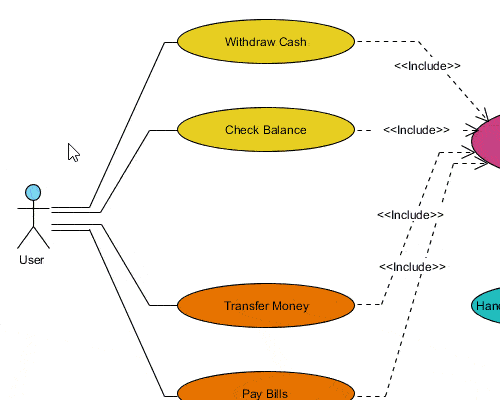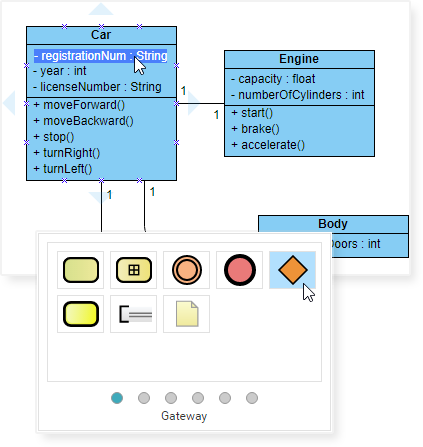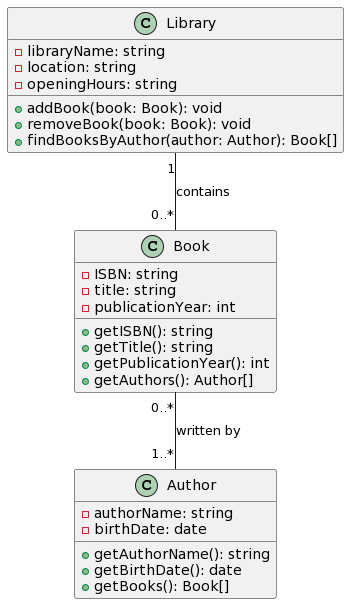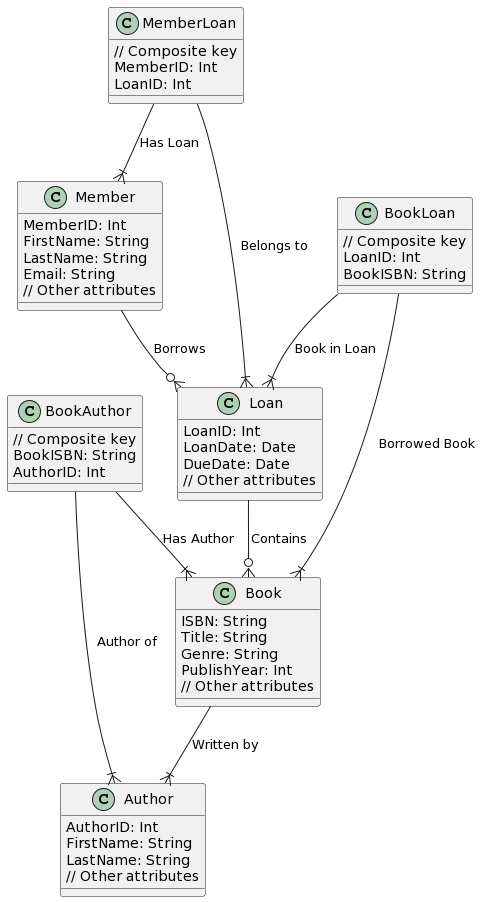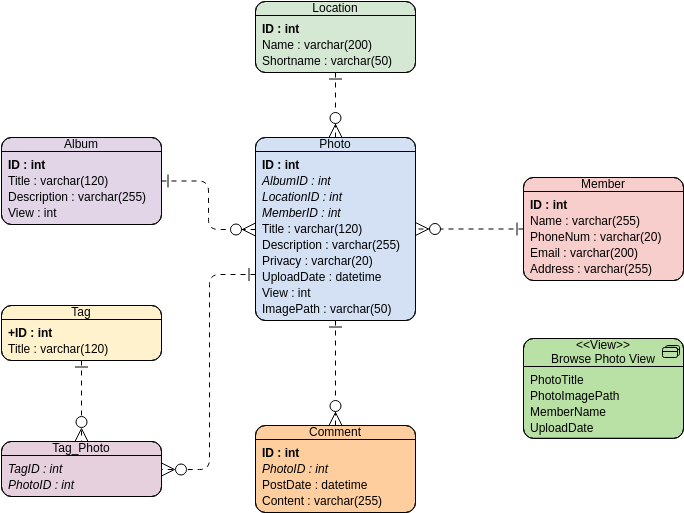Home » Archives for September 2023 » Page 9
In the dynamic world of business and technology, staying ahead of the curve is not just a goal; it's a necessity. The key to success lies in mastering the art of Enterprise Architecture (EA) – the blueprint that shapes and optimizes your organization's journey toward excellence. Visual Paradigm, your trusted partner in this journey, is here to redefine how you approach EA. Join us as we embark on an exciting exploration of cutting-edge tools and industry-best practices that have propelled the world's most renowned enterprises to unprecedented heights. Whether you're a seasoned architect…
continue reading →
Introduction In today's fast-paced business environment, effective communication is crucial for success. Visual models have become indispensable tools for conveying complex ideas, processes, and systems efficiently. Visual Paradigm is a powerful software solution that takes visual modeling to a whole new level. Whether you're a seasoned architect, a business analyst, or a developer, Visual Paradigm's robust features and user-friendly interface empower you to create and manage diagrams and model elements with ease. The Power of Visual Modeling Visual modeling is the art of representing complex systems, processes, and ideas through diagrams and visuals.…
continue reading →
Are you in search of a versatile and powerful Class Diagram tool that won't cost you a dime? Look no further! Visual Paradigm Online (VP Online) Free Edition is your go-to solution. This exceptional online drawing software doesn't just offer Class Diagram support; it also provides an array of essential features like UML diagrams, ERD tools, and Organization Chart tools. Here's why you should consider harnessing the power of VP Online Free Edition: 1. No Restrictions, No Strings Attached VP Online Free Edition is truly free. No ads, no limited access period, and…
continue reading →
Introduction In the world of databases, efficiency and data integrity are paramount. Database normalization is the process that brings order to the chaos of data, reducing redundancy, and ensuring that information remains consistent. In this comprehensive guide, we will take you on a journey through the essential steps of database normalization. We'll start with a basic understanding of the concept and gradually delve into the intricacies of achieving the third normal form. By the end of this tutorial, you'll be equipped with the knowledge and skills to optimize your database for optimal performance…
continue reading →
Introduction Designing a robust and efficient database system is a critical step in developing a library management system. This process involves several stages, beginning with Entity-Relationship Diagram (ERD) design, followed by normalization, and finally, the creation of a database schema. In this article, we will walk through each of these stages, demonstrating how to transform a concept into a well-structured and optimized library system database. Data Modeling Process from ERD, Normalization and Database Scheme Entity-Relationship Diagram (ERD) The first step in designing a library system database is creating an Entity-Relationship Diagram (ERD). An…
continue reading →
Introduction Class Diagrams and Entity-Relationship Diagrams (ERDs) are two essential tools in software and database design. While they share some similarities, they serve different purposes and are used in different contexts. In this article, we'll explore the differences between these two diagram types, provide examples, and discuss when to use each. Class Diagram Purpose: A class diagram is primarily used in object-oriented programming and design to represent the structure and relationships of classes and objects within a system. It is a fundamental part of Unified Modeling Language (UML) and helps visualize the system's…
continue reading →
Introduction Database normalization is a crucial concept in the world of database management. It is a process that optimizes database structure by reducing data redundancy and improving data integrity. Normalization is a set of rules and guidelines that help organize data efficiently and prevent common data anomalies like update anomalies, insertion anomalies, and deletion anomalies. In this article, we will delve into the fundamentals of database normalization, the various normal forms, and provide practical examples to illustrate each level of normalization. Why Normalize a Database? Before we dive into the details of database…
continue reading →
Introduction In an era marked by the digital revolution, libraries continue to play a pivotal role in disseminating knowledge and fostering a love for literature. To ensure the efficient functioning of these sanctuaries of learning, a well-structured Library Management System (LMS) is indispensable. In our case study, we embark on a journey to design a comprehensive LMS, taking it from conceptualization to implementation. Our goal is to demonstrate the step-by-step process of transforming a high-level concept into a finely tuned database system, ready to serve the needs of a bustling library. From Class…
continue reading →
Introduction: In the realm of database design and management, the art of structuring data is as crucial as the data itself. Imagine you're tasked with managing a library's vast collection of books, authors, and publishers. Initially, you might opt for a simplified, denormalized table to capture all the data. However, as your library grows and the demand for accurate, efficient data management increases, it becomes apparent that this initial approach has its limitations. This journey explores the significance of data normalization in database design by taking a library database as a practical example.…
continue reading →
In the world of database design, translating abstract concepts into tangible structures is a crucial step toward building functional and efficient database systems. This transformation from Entity-Relationship Diagrams (ERDs) to actual database schemas, including SQL table creation, is a fundamental process in the database development lifecycle. In this article, we will explore how ERDs serve as a bridge between the conceptualization of data and its practical implementation within a database. Understanding the ERD Before delving into the intricacies of database implementation, it is essential to comprehend the purpose and components of an ERD.…
continue reading →

